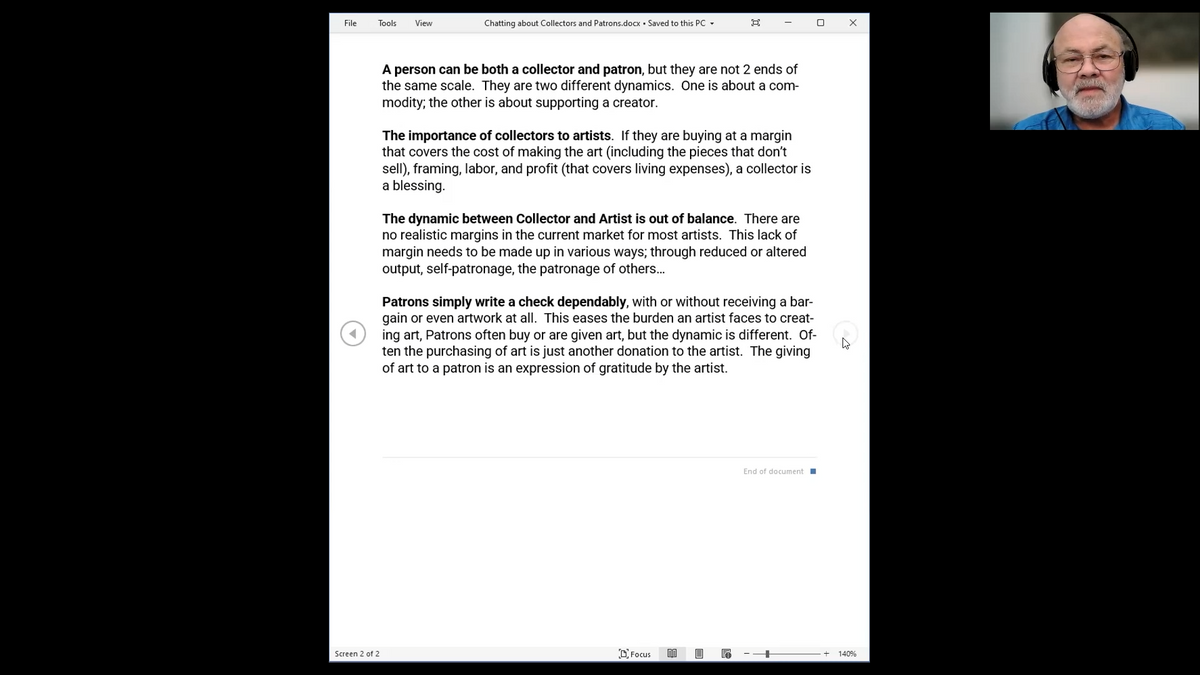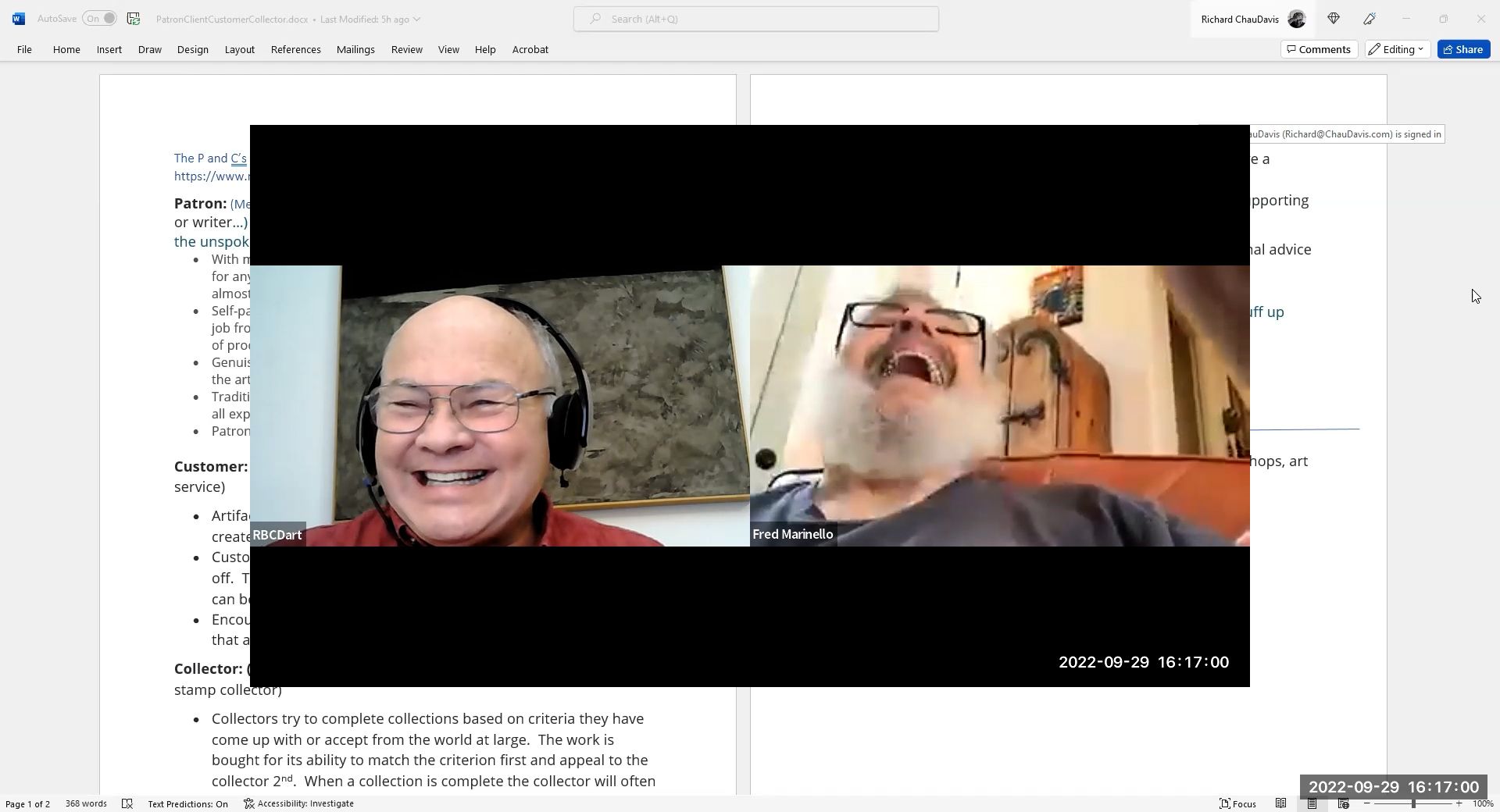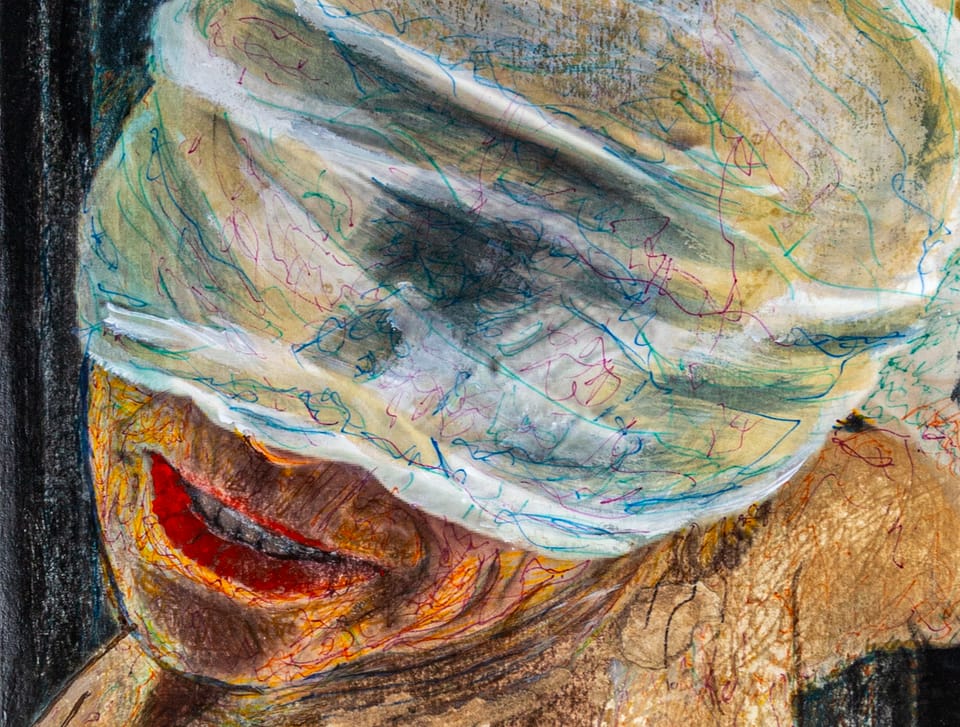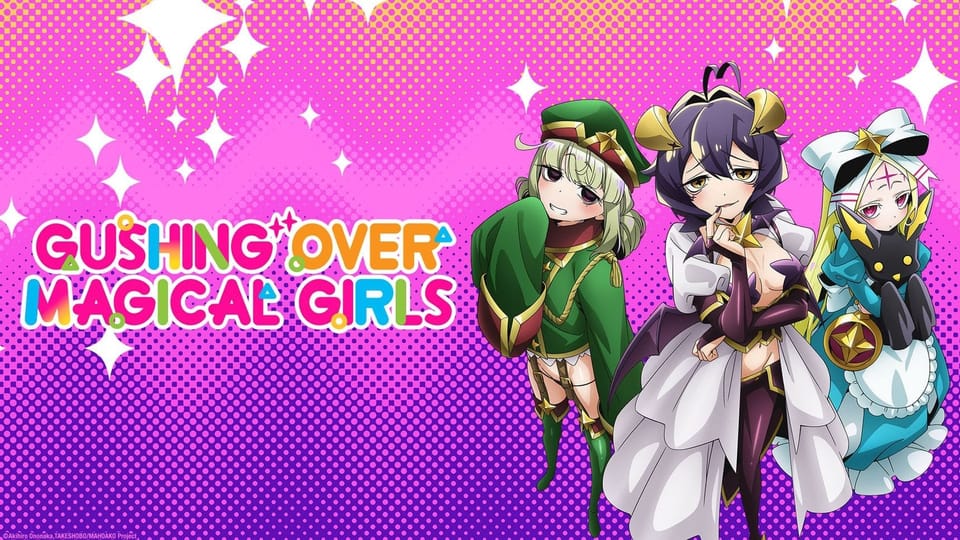Patrons and Collectors, Differences Explained
Brief video talking about what a collector and a patron each are to an artist and their practice


Brief video talking about what a collector and a patron each are to an artist and their practice
Text of Document
Definitions (google search):
A Collector is (Definitions from Oxford Languages · Learn more):
1. a person who collects things of a specified type, professionally or as a hobby.
"an art collector"
2. an official who is responsible for collecting money.
"a tax collector"
A Patron is (definitions from Oxford Languages · Learn more):
noun
1. a person who gives financial or other support to a person, organization, cause, or activity.
"a celebrated patron of the arts"
2. a customer, especially a regular one, of a store, restaurant, or theater.
"we surveyed the plushness of the hotel and its sleek, well-dressed patrons"
Collectors and Artists have a Sales Relationship. In their pure form collectors are looking for bargains, resale value, and are hoping to buy below cost.
Patrons are interested in supporting the artist through gifts like money, lodging, etc. They do this to help the artist pursue their art practice or they love them. Patrons and Artists have a supportive enabling relationship.
A person can be both a collector and patron, but they are not 2 ends of the same scale. They are two different dynamics. One is about a commodity; the other is about supporting a creator.
The importance of collectors to artists. If they are buying at a margin that covers the cost of making the art (including the pieces that don’t sell), framing, labor, and profit (that covers living expenses), a collector is a blessing.
The dynamic between Collector and Artist is out of balance. There are no realistic margins in the current market for most artists. This lack of margin needs to be made up in various ways; through reduced or altered output, self-patronage, the patronage of others…
Patrons simply write a check dependably, with or without receiving a bargain or even artwork at all. This eases the burden an artist faces to creating art, Patrons often buy or are given art, but the dynamic is different. Often the purchasing of art is just another donation to the artist. The giving of art to a patron is an expression of gratitude by the artist.




